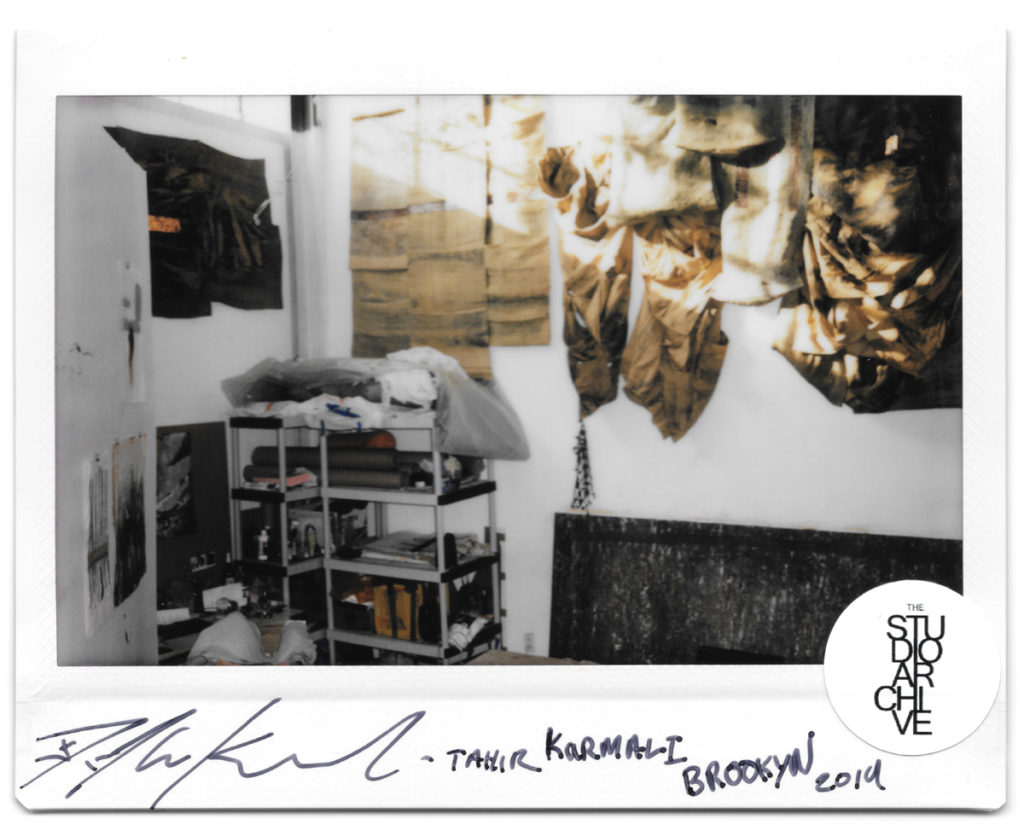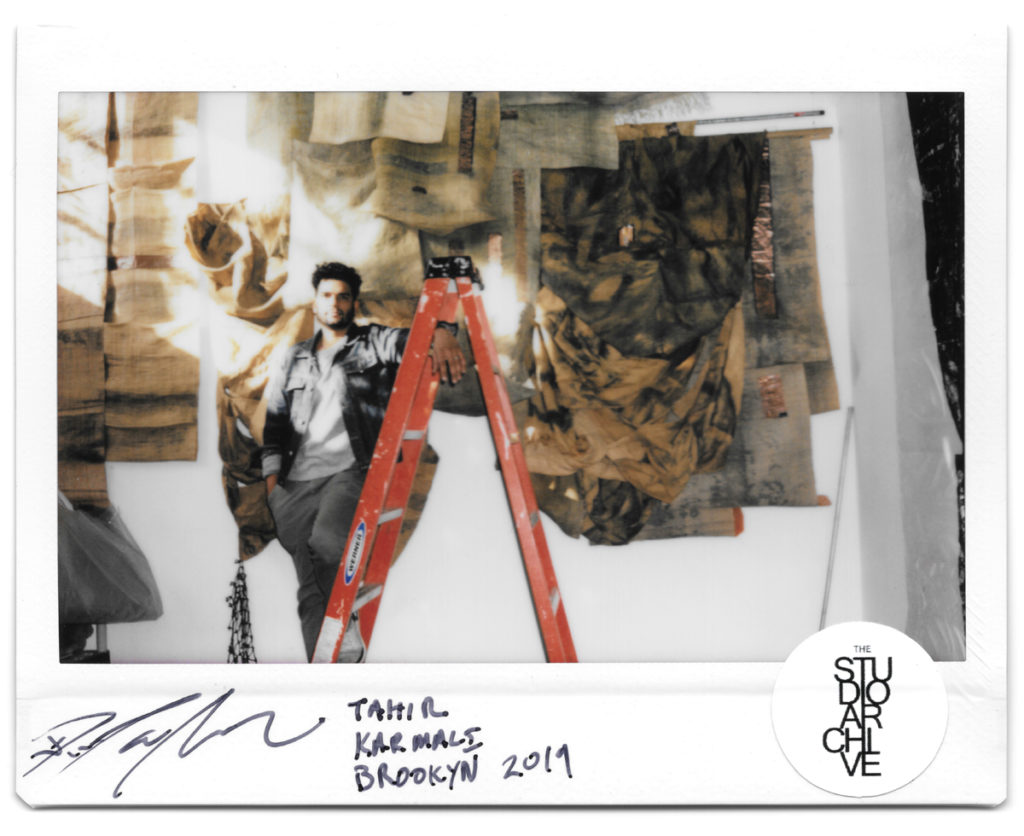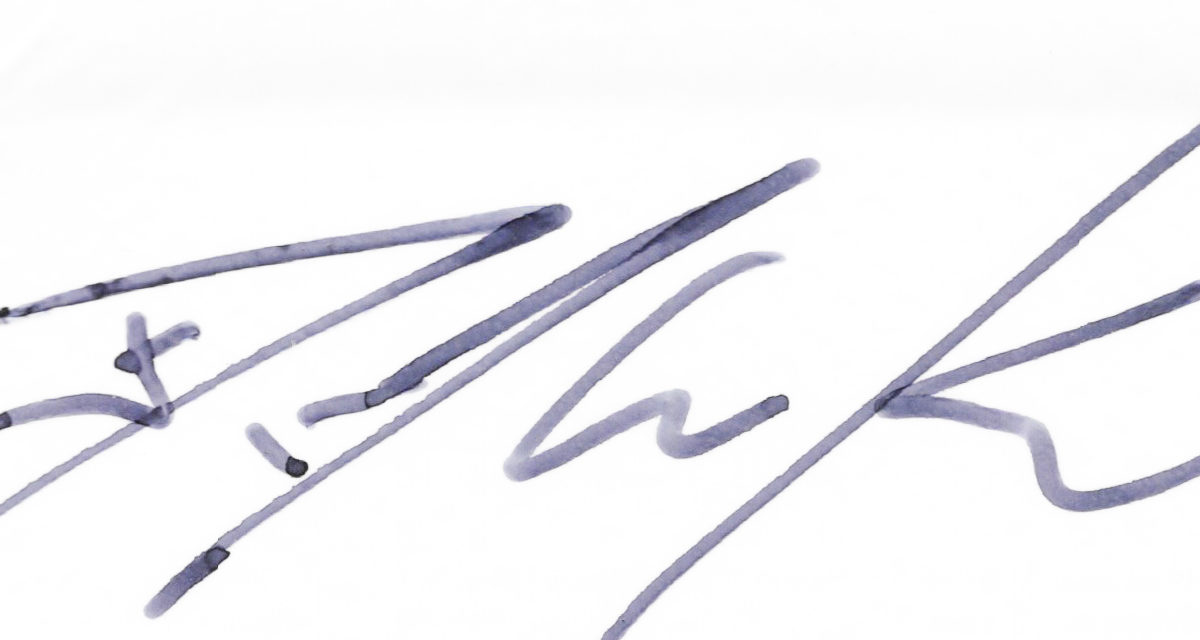Tahir Carl Karmali, born in Nairobi, is an artist based in Brooklyn since 2014. His work spans photography, installation, papermaking, sculpture, and sound. Karmali’s work was exhibited at The Shed, New York in August 2019, was recently the subject of a solo exhibition at STRONGROOM, Newburgh, NY, and will be a part of Second Careers: Two Tributaries in African Art at the Cleveland Museum of Art, July–November 2020. His work also exhibited at LKB Gallery in Hamburg and Copenhagen, Circle Art Agency in Nairobi, High Museum of Art in Atlanta, Kunsthal Rotterdam, and Guggenheim Museum Bilbao, among others. Karmali was awarded a Pollock-Krasner Foundation Grant and Lower East Side Printshop Keyholder Residency in 2019–20, and will be in residence at The Watermill Center in 2020. He was previously an Artist-in-Residence at Triangle Arts Association, Pioneer Works, Trestle Gallery, the MacDowell Colony, and BRIC. He is an Adjunct Professor of Sculpture at Brooklyn College.


Tahir Carl Karmali’s studio in Greenpoint, Brooklyn, is an enclave in a factory building. The studio, arranged in a triangular construction consists of four two story walls. Karmali’s energy exudes a lightheartedness and he welcomes me into his studio. A type of contortionist, he scales the various ladders in his studio with simple ease. With a heightened energy he climbs one ladder to arrange some of his pieces higher on the wall and adds additions. His work calls for such a space and his art lengthens and expands accordingly. Karmali’s material investigations are clever and examine urgent human rights violations. Karmali poses on the ladder in front of his work, Strata. Strata utilizes raffia, a material made from palm trees and cobalt, a highly sought material that is needed for rechargeable batteries. Cobalt is often mined in the Congo through labor that violates human rights laws. He dyes the raffia with materials extracted from the rechargeable batteries in our phones. Using the materials directly from the viewers phone, he suggests our part in these labor violations. The stitching and dying processes Karmali uses matches the Congolese method to create Kuba cloth, or elaborately designed textiles. Karmali does not leave a detail untouched as he translates the continued infringements on labor laws. Strata calls for a close encounter with the viewer and Karmali’s engagement with me deepens the experience of his art.


